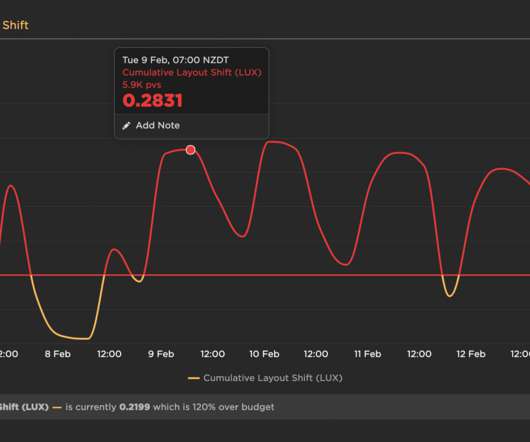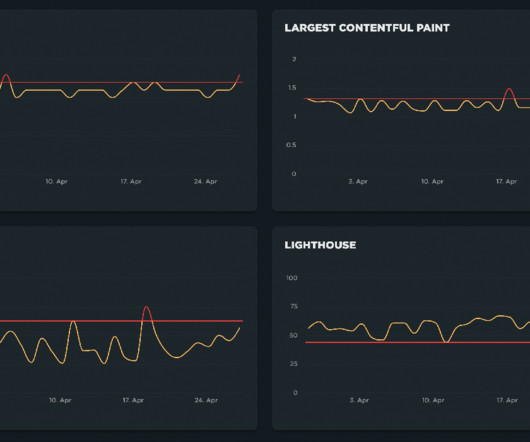2023 Black Friday and Cyber Monday retail and e-commerce IT performance observations
Dynatrace
NOVEMBER 30, 2023
Over the years, I have watched and written about online retail and e-commerce IT performance. What I have seen is a maturing of the online retail channels when it comes to delivering customer experiences. This year we saw few, if any, major issues with online retailers. This is where many retailers have matured over the years.












Let's personalize your content